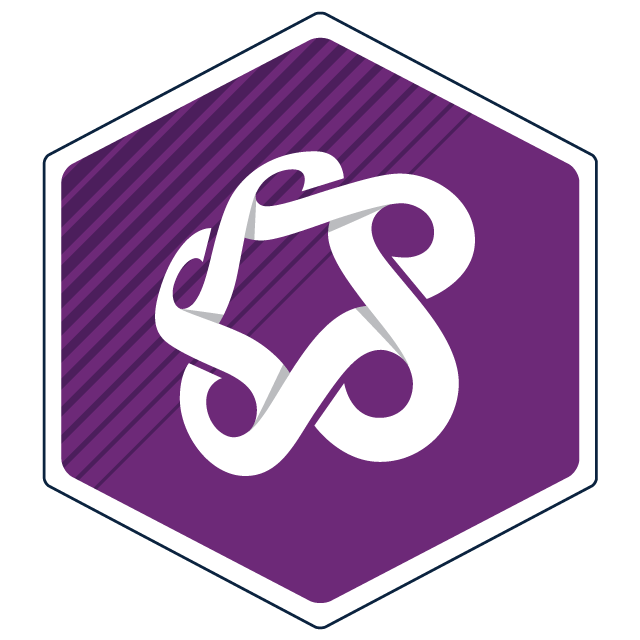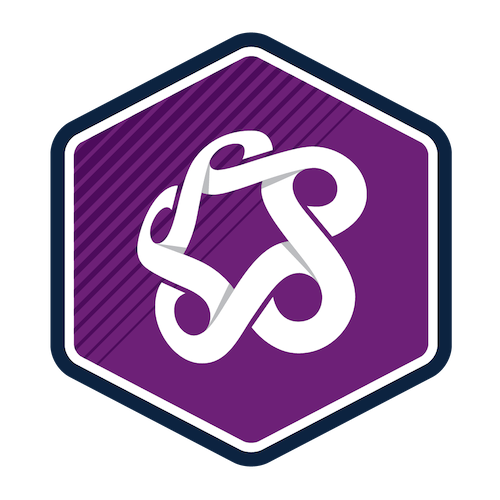Overview
A qualified talent pool is required to increase the scalability and affordability of carbon capture and storage (CCS) as a pathway to net zero. Workers who know how to design, construct, operate and maintain CCS infrastructure are needed.
This course provides an overview of the CCS chain of technologies and their application, with a focus on the industry in Canada.
Our experienced instructors will engage you throughout the course as you learn about CCS's role in advancing Canada’s sustainable energy system and explore emerging uses for CO2 capture, the benefits, the challenges and the socio-economic impacts of developing Canada’s carbon capture sector.
This intro course will be beneficial to you if you’re currently working in energy services or as an engineer, geoscience professional, operator, technologist or trades professional and are looking to expand your existing skills and knowledge for a career in Canada’s emerging CCS industry.
This course will also be valuable for anyone seeking to better understand CCS and its environmental, social, and economic implications for Canada in order to meet net-zero goals.
You must be a minimum of 18 years of age at the time you start this course.
Upon successful completion of this course, you’ll be able to:
- recognize carbon capture and storage (CCS) technologies and describe how they fit into the value chain
- recognize how carbon from CO2 is being utilized in Canada and globally, today and in the future
- describe current and future usages for CO2
- recognize the role that CCS can play in Canada to decarbonize and achieve net zero goals
- demonstrate a knowledge of the socio-economic impacts that accompany the development of Canada’s CCS sector.
You’ll demonstrate your skills and knowledge through quizzes, written assignments and exams. All coursework must be completed as outlined in the course schedule and no later than the course end date.
Upcoming dates
Select an available section and add it to your cart. When you're ready, proceed to check out to sign into your student account and complete your registration.
Don't have a student account? Let's set one up!
Registration closes seven days before the start date for on-campus, online scheduled, and blended courses, and one day before the start date for online self-paced courses.
After you've completed this course
Upon successful completion of this course, you'll be able to self-print a proof of completion document from your Continuing Education student account.
Micro-credential
Aligned to current industry standards, SAIT’s micro-credentials develop practical, real-world skills and include competency-based testing. Earning a SAIT micro-credential demonstrates to employers you have the required competencies — both skills and knowledge — to get the job done.

Students who successfully complete this course with a final grade of A- (80%) or higher will earn a micro-credential and receive a shareable digital badge.
Costs
Textbook and reading list
All required course materials are included in your tuition fees.
Technology
To be successful in this course, you’ll need:
- Access to your own computer or laptop with standard hardware/software requirements.
- Internet access
A functional webcam and microphone are recommended to allow for a more collaborative learning experience.
Financial support
Financial opportunities are available to help pay for your course fees. Learn more about how to reduce your education or training costs with available awards, bursaries, loans and grants, including the Canada Alberta Productivity Grant.
Applicable certificates
This course applies to the following certificate programs:

Train your team
Interested in group training opportunities for this course? Tell us about your organization's needs, and one of our training consultants will contact you within one business day.

Oki, Âba wathtech, Danit'ada, Tawnshi, Hello.
SAIT is located on the traditional territories of the Niitsitapi (Blackfoot) and the people of Treaty 7 which includes the Siksika, the Piikani, the Kainai, the Tsuut’ina and the Îyârhe Nakoda of Bearspaw, Chiniki and Goodstoney.
We are situated in an area the Blackfoot tribes traditionally called Moh’kinsstis, where the Bow River meets the Elbow River. We now call it the city of Calgary, which is also home to the Métis Nation of Alberta.
